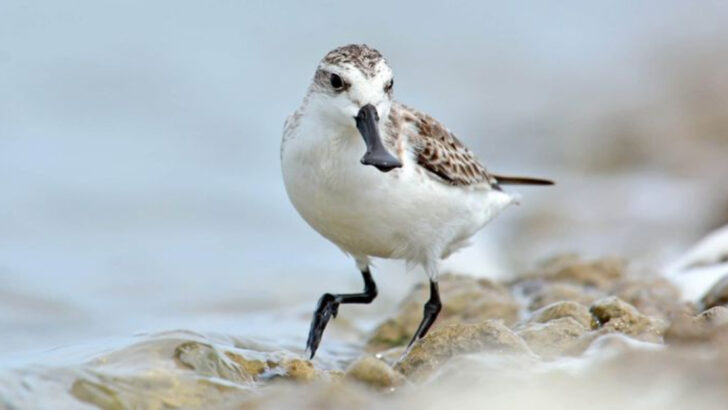Imagine being the last of your kind, calling out into the void with no one left to answer. For some species, this isn’t just a sad thought—it’s their reality.
Across the world, animals are teetering on the edge of existence, with only a single known survivor left. A lone tortoise, a final bird, a forgotten amphibian—each one a living ghost of an entire species.
Some of these creatures are famous, their stories sparking desperate conservation efforts. Others remain hidden, their solitude unknown to most. But all share one tragic fate: once they’re gone, an entire branch of life disappears forever.
From silent forests to desolate islands, these 20 animals are the last of their kind. Their stories will break your heart—and maybe, just maybe, inspire hope for those still fighting to survive.
Lonesome George
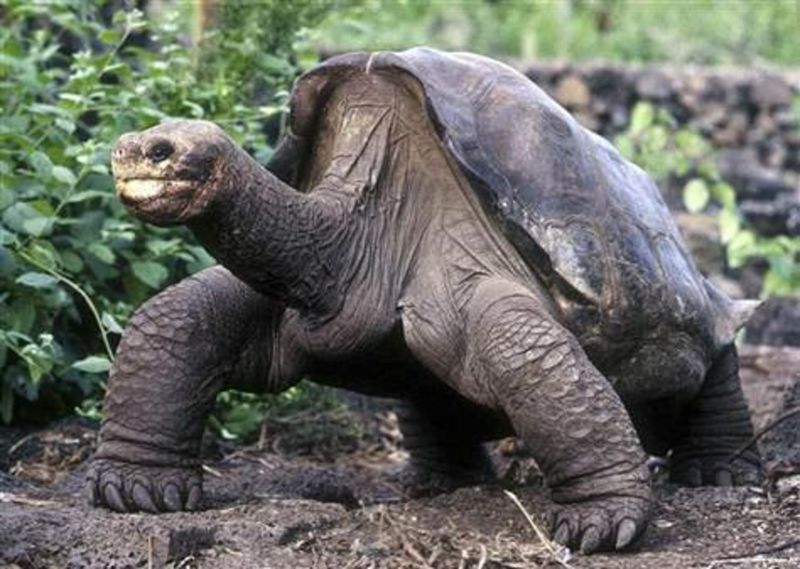
Lonesome George, a giant tortoise from the Galápagos Islands, was the last known individual of the Pinta Island tortoise species. For years, he symbolized the plight of endangered animals worldwide. George lived in captivity, a gentle giant with a shell as rugged as the volcanic terrain he hailed from. His existence in solitude drew attention to the devastation caused by habitat loss. Conservationists continued their efforts to find a mate for him, but George remained alone until his death in 2012. His story underscores the delicate balance of nature and the consequences of human interference.
Spix’s Macaw
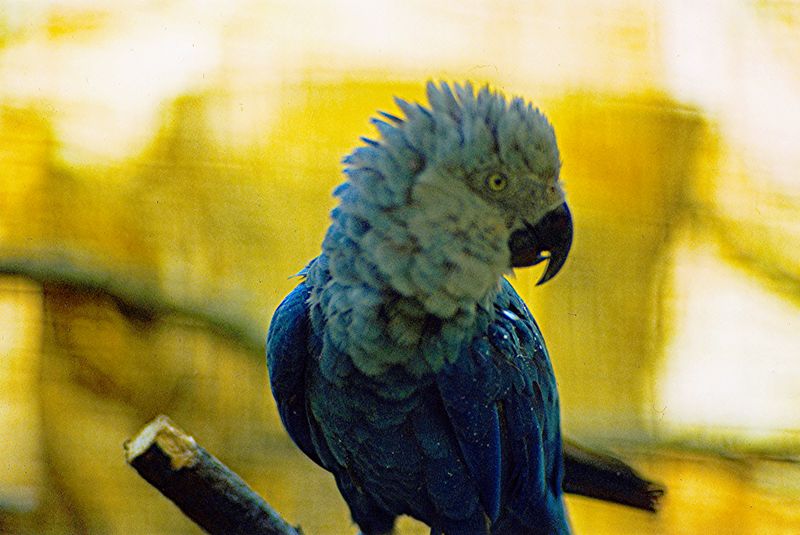
The Spix’s Macaw, a vibrant blue parrot native to Brazil, became critically endangered due to habitat destruction and illegal trade. In the wild, its numbers dwindled until only one was left in the late 1990s. This solitary bird, with its striking cobalt feathers, was a beacon of hope and despair. Conservationists captured and bred these macaws in captivity, striving to reintroduce them to the wild. The last known wild Spix’s Macaw disappeared in 2000. Recent efforts have focused on preserving its habitat, offering a glimmer of hope for reintroduction.
Yangtze River Dolphin
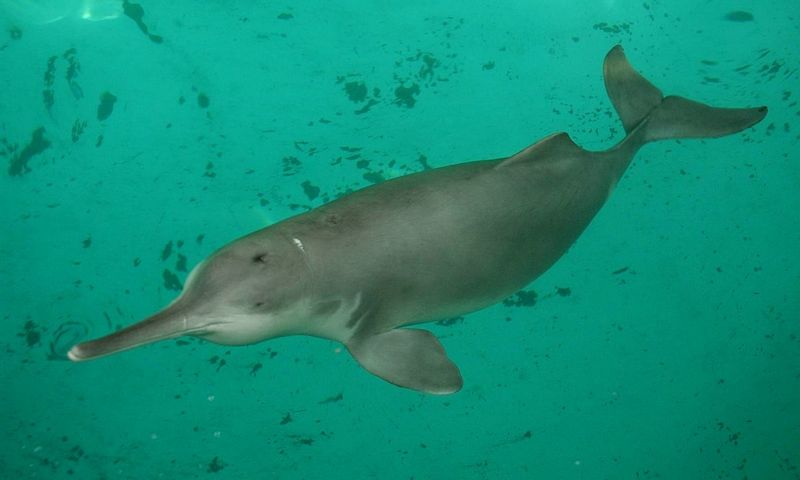
The Yangtze River Dolphin, or Baiji, once thrived in the murky waters of China’s Yangtze River. Unfortunately, industrialization and pollution led to a decline in their numbers. By the early 2000s, the Baiji was declared functionally extinct, with the last confirmed sighting in 2002. These dolphins were known for their gentle nature and unique echolocation abilities. Conservationists attempted to locate any remaining individuals to save the species, but to no avail. Despite being declared extinct, occasional unconfirmed sightings keep the hope alive, sparking debates about the need for urgent conservation measures.
Northern White Rhinoceros
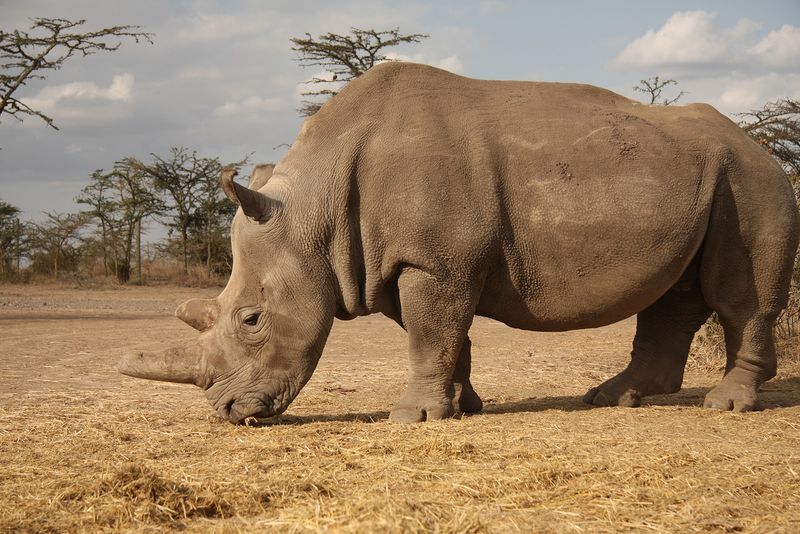
The Northern White Rhinoceros, a magnificent creature, once roamed parts of Central Africa. Today, only two females remain, guarded around the clock in Kenya. Their dwindling numbers are due to poaching and habitat loss. These rhinos are majestic, with massive bodies and gentle eyes that speak of their ancient lineage. Conservationists are attempting to use advanced reproductive technologies to save the species. Despite the odds, the dedication to preserving their genetic material offers a sliver of hope. The Northern White Rhino has become an emblem of species on the brink.
Javan Rhino
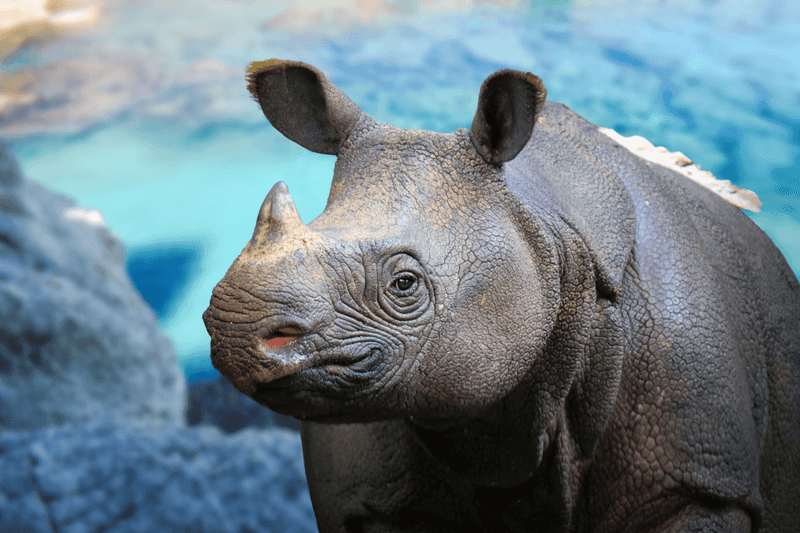
The Javan Rhino, now critically endangered, is endemic to the island of Java, Indonesia. With fewer than 70 individuals left, their future hangs in the balance. These rhinos are elusive, often hidden within dense jungle foliage. They possess a single horn and a thick, armor-like skin that aids their survival. Conservation efforts are ongoing, focusing on habitat protection and anti-poaching measures. Each Javan Rhino is vital for the survival of their species. Their presence in the wild is a testament to resilience and the challenges faced in preserving biodiversity amidst human expansion.
Saola
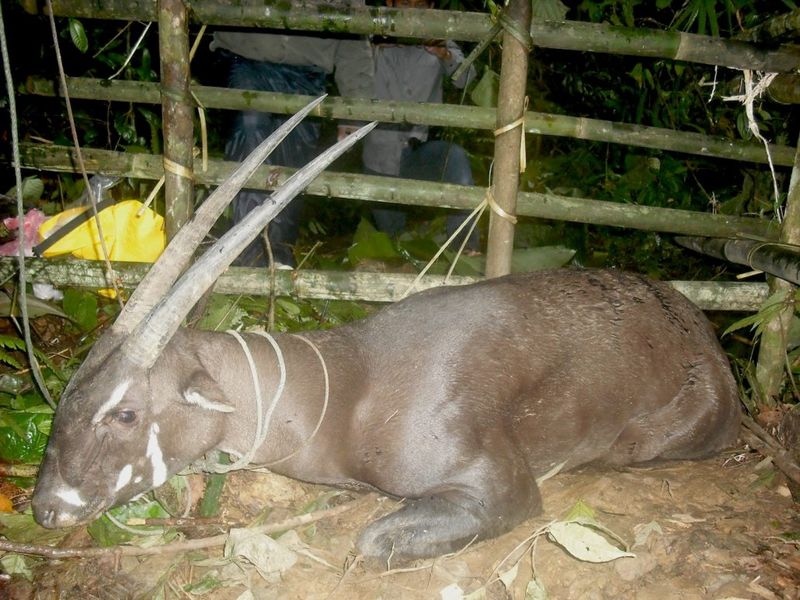
The Saola, often called the ‘Asian Unicorn’, is an enigmatic creature found in the Annamite Range of Vietnam and Laos. Discovered in 1992, it’s one of the rarest mammals on earth. With long, parallel horns and a gentle demeanor, the Saola inhabits dense forests, making it difficult to spot. Its population is critically low due to habitat fragmentation and hunting. Conservationists are racing against time to study and protect this elusive species. Efforts include habitat preservation and anti-poaching initiatives. The Saola stands as a symbol of the mysteries and challenges in wildlife conservation.
Vaquita
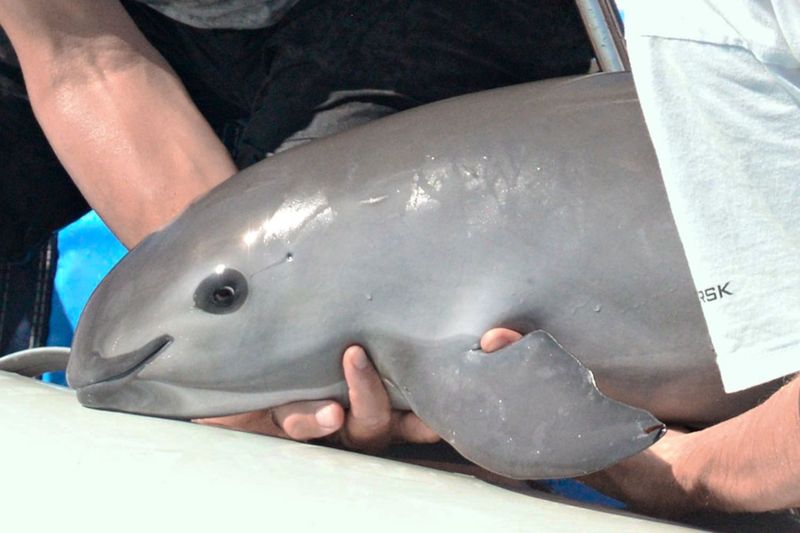
The Vaquita, a small porpoise with a distinctive ring around its eyes, is on the brink of extinction. Found only in the Gulf of California, its numbers have plummeted due to illegal fishing practices. Known for their shy nature, Vaquitas are rarely seen in the wild. Conservationists are making desperate efforts to save them, focusing on removing gillnets and enforcing fishing bans. Despite these efforts, fewer than 10 individuals remain. The Vaquita’s plight highlights the urgent need for sustainable fishing practices and international cooperation to protect marine life.
South China Tiger
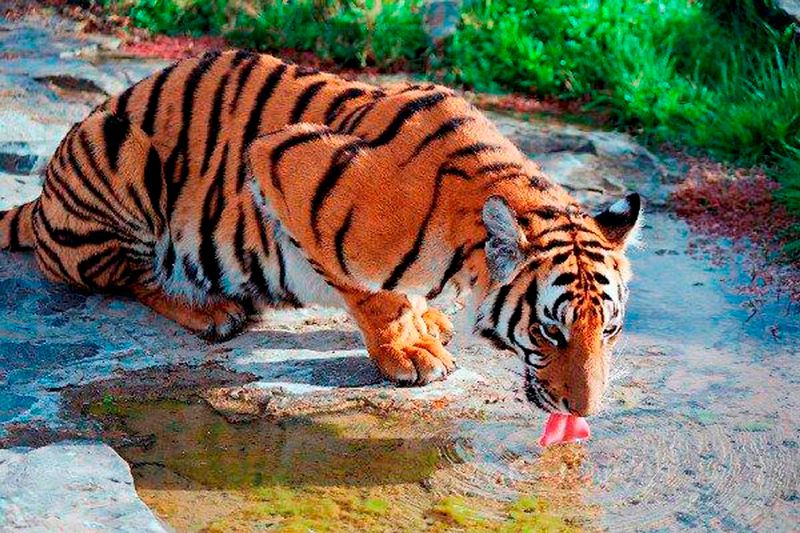
The South China Tiger, one of the most endangered tiger subspecies, was once found throughout China but now teeters on the edge of extinction. Habitat loss and poaching have reduced their numbers drastically. These tigers are renowned for their beauty, with striking orange coats and bold black stripes. Breeding programs in captivity aim to revive their population, offering a flicker of hope. However, no confirmed sightings exist in the wild since the 1970s. Efforts continue to reintroduce them into protected areas, emphasizing the ongoing struggle to save these iconic creatures from vanishing entirely.
Kakapo
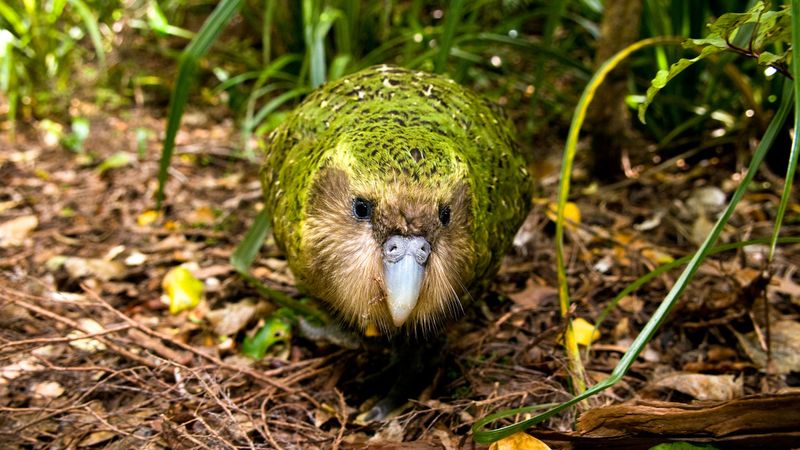
The Kakapo, a nocturnal parrot native to New Zealand, is critically endangered, with only around 200 individuals remaining. Known for its owl-like face and mossy green feathers, the Kakapo is unique among parrots as it cannot fly. These gentle giants rely on camouflage for protection, blending into their forest habitats. Conservation efforts focus on predator control and habitat management. The Kakapo Recovery Program has been instrumental in increasing their numbers. Each Kakapo, with its quirky personality, is a testament to resilience, highlighting the importance of conservation efforts in safeguarding species with unique evolutionary paths.
Sumatran Elephant
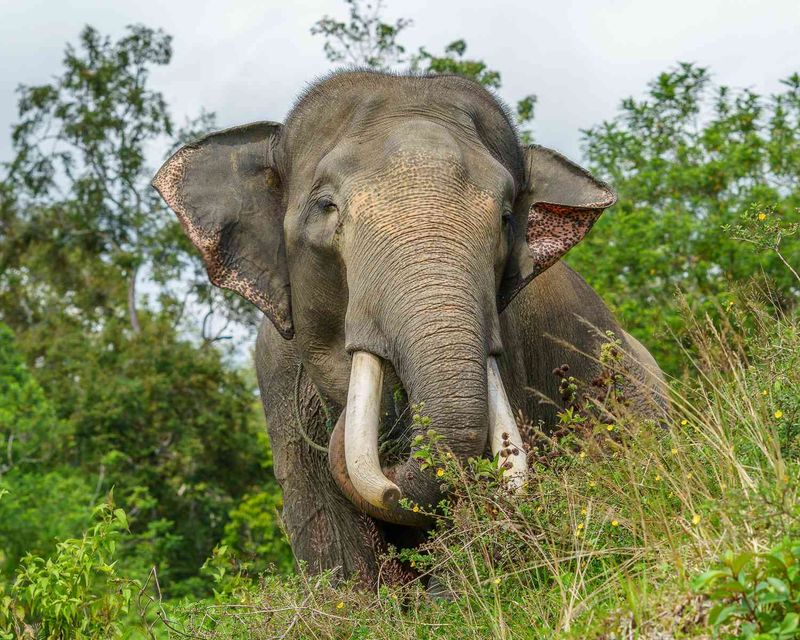
The Sumatran Elephant, a gentle giant of Indonesia’s rainforests, faces critical endangerment due to habitat destruction and human-wildlife conflict. With only a few thousand remaining, these elephants are vital for maintaining forest ecosystems. Known for their smaller size and gentle demeanor, they are often targeted by poachers for their ivory. Conservation efforts include habitat restoration and anti-poaching patrols. The survival of the Sumatran Elephant is crucial for biodiversity, as they play a key role in seed dispersal and forest regeneration. Protecting them not only preserves a species but also ensures the health of their habitat.
Philippine Eagle
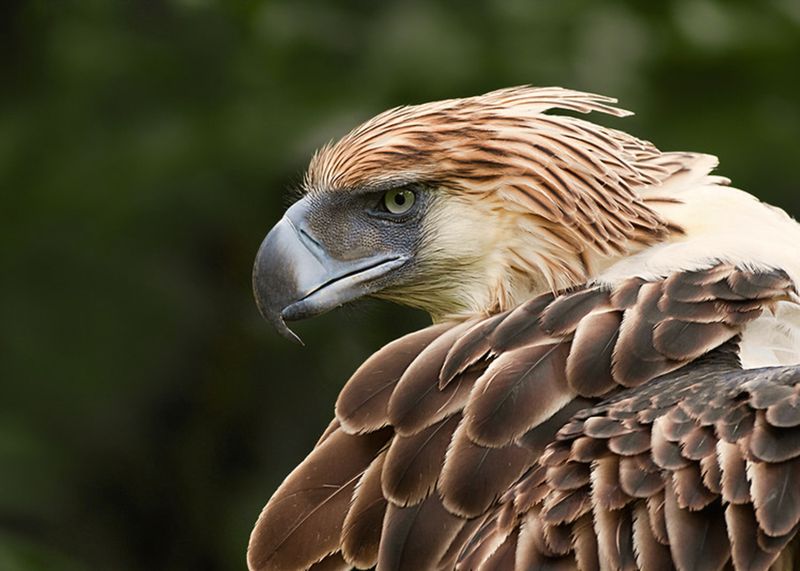
The Philippine Eagle, the national bird of the Philippines, is critically endangered due to deforestation and hunting. Known for its striking appearance, with a massive wingspan and a crown of feathers, this eagle is a symbol of national pride. Less than 400 pairs remain in the wild. Conservationists are working tirelessly to protect its habitat and increase awareness. Breeding programs aim to bolster their numbers, emphasizing the importance of preserving this apex predator. The Philippine Eagle’s plight underscores the need to protect avian biodiversity and the intricate ecosystems they support.
Amur Leopard
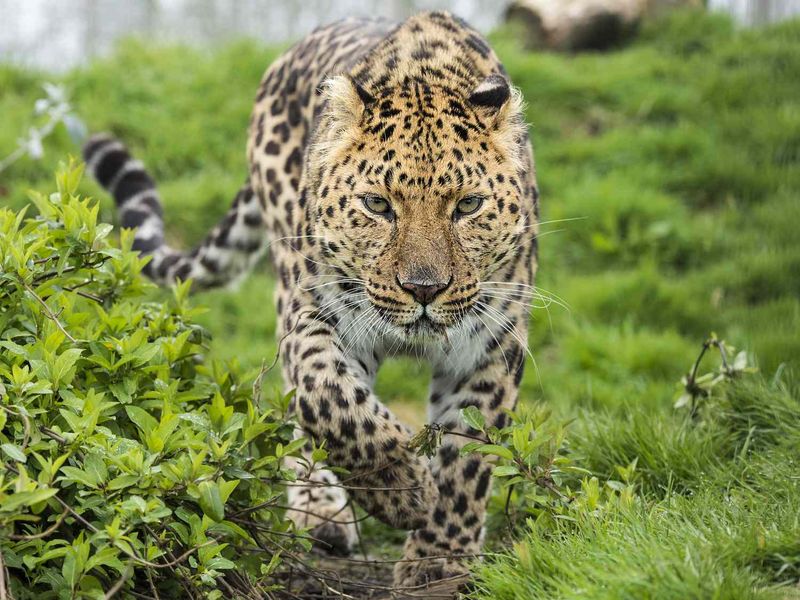
The Amur Leopard, native to the Russian Far East, is one of the world’s most endangered big cats. With less than 100 individuals remaining in the wild, they are critically endangered due to habitat loss and poaching. These leopards are known for their stunning spotted coats, which provide camouflage in their snowy habitats. Conservation efforts focus on habitat preservation and anti-poaching measures. The Amur Leopard is a symbol of the struggles faced by big cats worldwide. Protecting this species is vital for maintaining the ecological balance in its native forests.
Iberian Lynx

The Iberian Lynx, once on the brink of extinction, is making a slow recovery in Spain and Portugal. Known for its tufted ears and distinctive spotted coat, this lynx is a master of stealth. Conservation efforts have increased its numbers from just a few dozen to over 400 individuals. Habitat restoration and breeding programs have been key to their survival. The Iberian Lynx serves as a conservation success story, illustrating the power of dedicated efforts in wildlife preservation. Continued support is crucial to ensure their future in Europe’s diverse ecosystems.
Hainan Gibbon
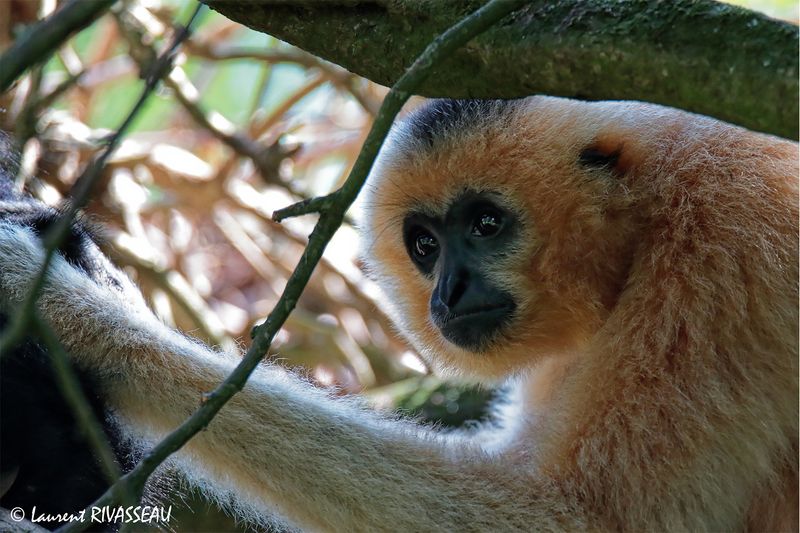
The Hainan Gibbon, found only on China’s Hainan Island, is critically endangered, with fewer than 30 individuals remaining. These gibbons are known for their melodious songs and incredible agility. Habitat destruction has left isolated populations struggling to survive. Conservationists are dedicated to protecting their remaining habitat and restoring forest corridors. The Hainan Gibbon represents the challenges faced in primate conservation. Their survival depends on continued efforts to safeguard their environment and address the human pressures threatening their existence. Each gibbon is a testament to the importance of preserving our closest biological relatives.
Hawksbill Turtle
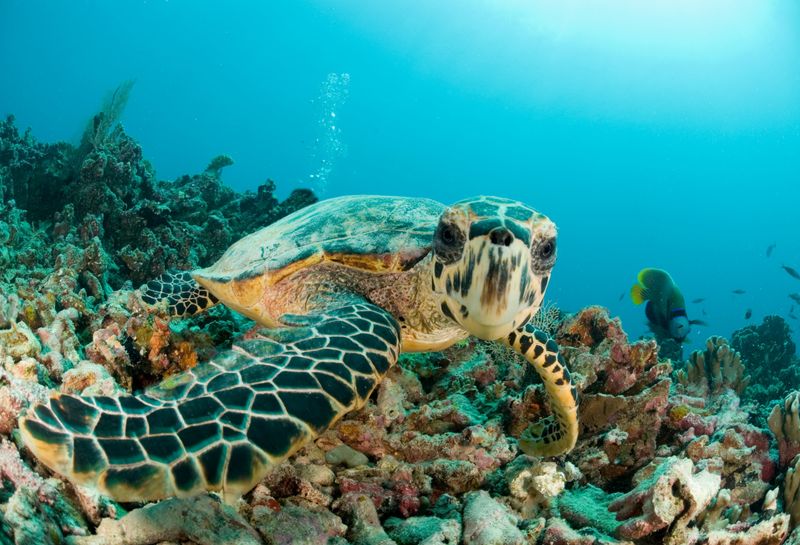
The Hawksbill Turtle, a marine species known for its beautiful shell and crucial role in coral reef ecosystems, is critically endangered. Overfishing and habitat destruction have severely impacted their population. These turtles are vital for maintaining the health of reefs by controlling sponge populations. Conservation efforts include protecting nesting sites and reducing bycatch. The Hawksbill Turtle’s plight illustrates the interconnectedness of marine life and the importance of preserving ocean habitats. By protecting them, we ensure the survival of countless other species that rely on coral reefs for their survival.
Spoon-billed Sandpiper
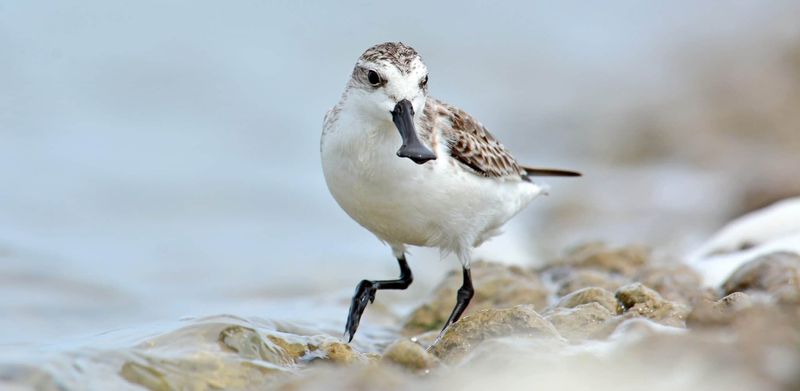
The Spoon-billed Sandpiper, a small wader with a distinctively shaped bill, is critically endangered with fewer than 200 mature individuals remaining. Found in the coastal regions of Russia and Southeast Asia, their numbers have declined due to habitat loss and climate change. Conservation efforts focus on protecting breeding grounds and international cooperation to safeguard migratory routes. This sandpiper is a symbol of the challenges faced by migratory birds worldwide. Protecting the Spoon-billed Sandpiper requires global awareness and action, highlighting the importance of international conservation efforts in preserving avian diversity.
Seychelles Sheath-tailed Bat
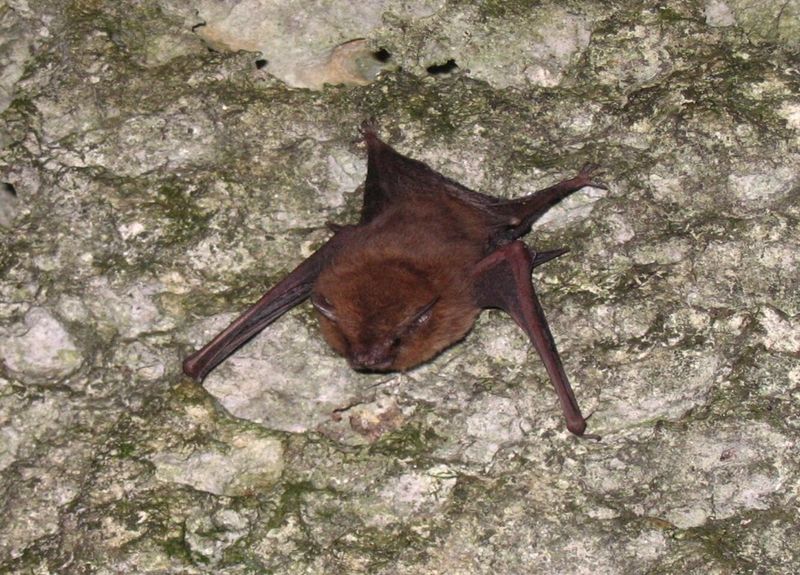
The Seychelles Sheath-tailed Bat, one of the world’s rarest bats, is found only on a few islands in the Seychelles. With fewer than 100 individuals remaining, habitat loss and environmental changes threaten their survival. These bats are small, with unique sheath-like tails and a preference for roosting in caves. Conservation efforts are focused on habitat restoration and protecting roosting sites. The Seychelles Sheath-tailed Bat is a crucial part of the island ecosystem, aiding in insect control. Their survival highlights the importance of preserving unique island species and their habitats.
Pygmy Three-toed Sloth
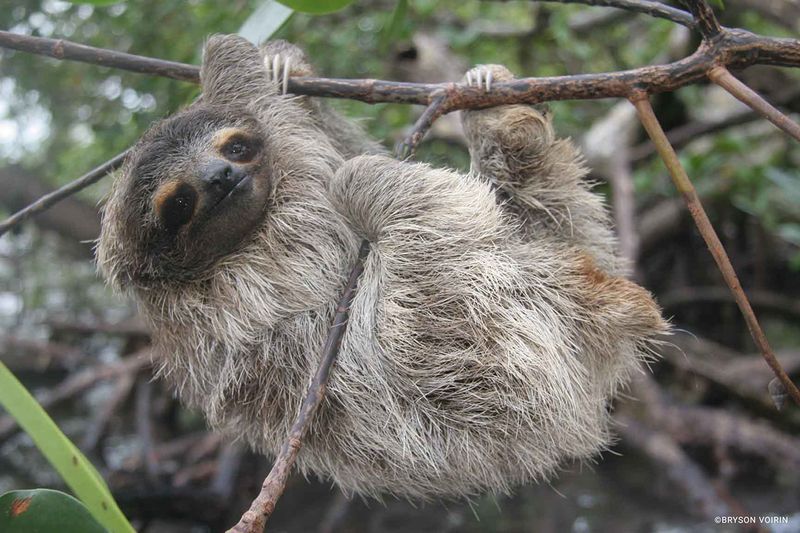
The Pygmy Three-toed Sloth, found only on Isla Escudo de Veraguas in Panama, is critically endangered due to its limited range and habitat destruction. These sloths are known for their small size and slow, deliberate movements. Conservationists are working to protect their mangrove habitats and increase awareness of their plight. The Pygmy Three-toed Sloth symbolizes the vulnerability of species with restricted distributions. Protecting their habitat is vital for their survival, ensuring that this unique sloth continues to thrive in its natural environment. Their story emphasizes the importance of habitat preservation in conservation.
Alaotra Grebe
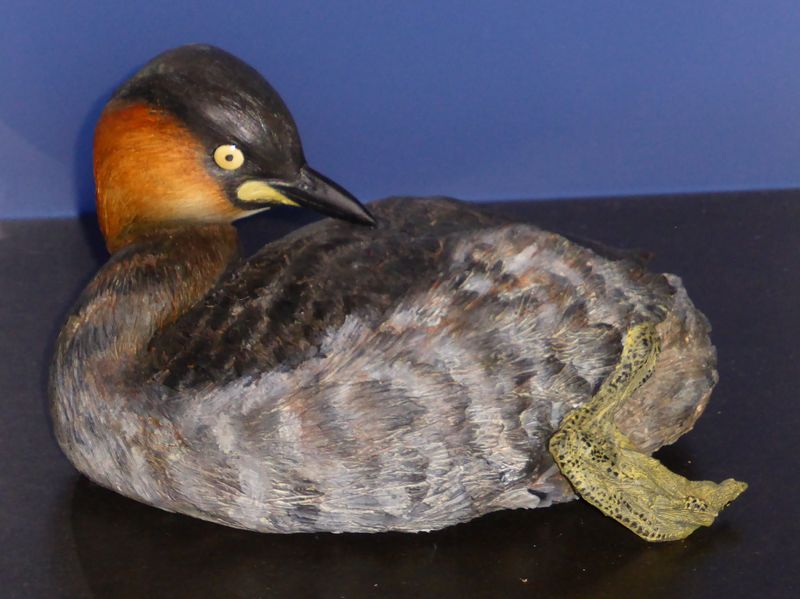
The Alaotra Grebe, native to Madagascar’s Lake Alaotra, was declared extinct in 2010. Known for its small size and reliance on wetlands, its decline was due to habitat destruction and predation by introduced species. Though gone, the Alaotra Grebe serves as a reminder of the fragility of wetland ecosystems. Conservationists work to protect remaining habitats and prevent similar losses. The story of the Alaotra Grebe underscores the importance of preserving wetland environments and the species that depend on them. It is a poignant example of the need for proactive conservation efforts.
The Solitary Sumatran Rhino
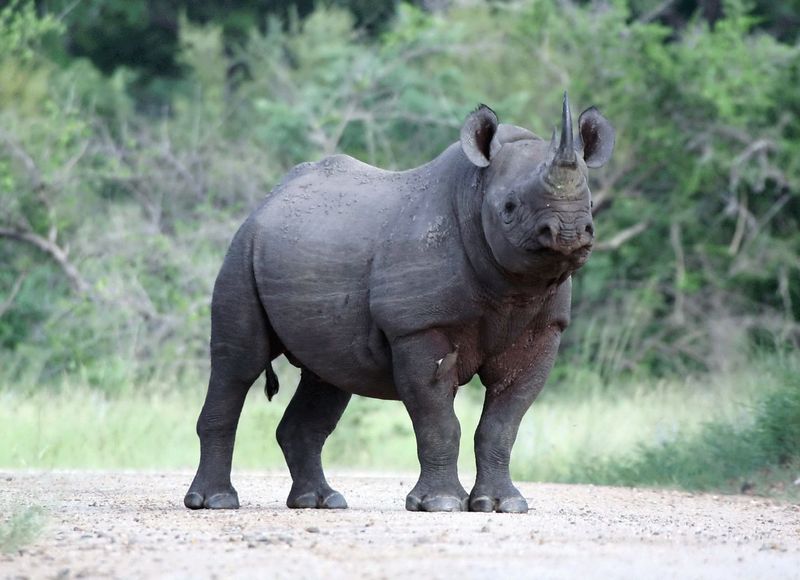
In the depths of the rainforest, a solitary Sumatran Rhino roams. Smaller than its counterparts, this majestic creature is the last of its kind. Its hairy body and distinctive features make it an icon of the wild. Yet, its isolation highlights a tale of survival against all odds.
Conservationists are in a race against time to find a mate, ensuring the lineage continues. This rhino embodies resilience and the urgent need for conservation.
Its story is a poignant reminder of the delicate balance within ecosystems. Preserving such species keeps nature’s tapestry intact.

